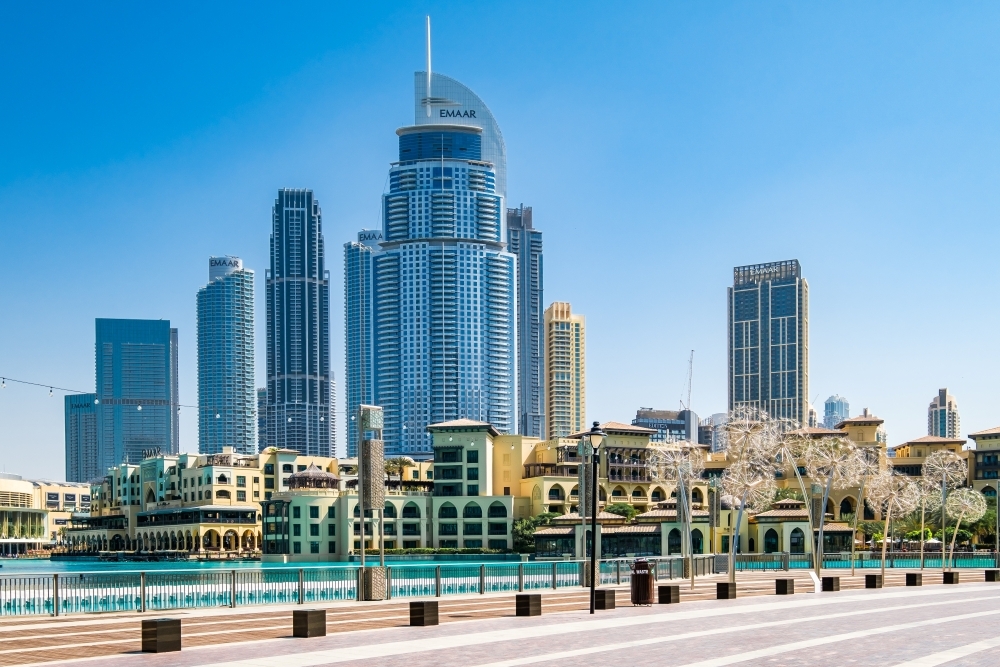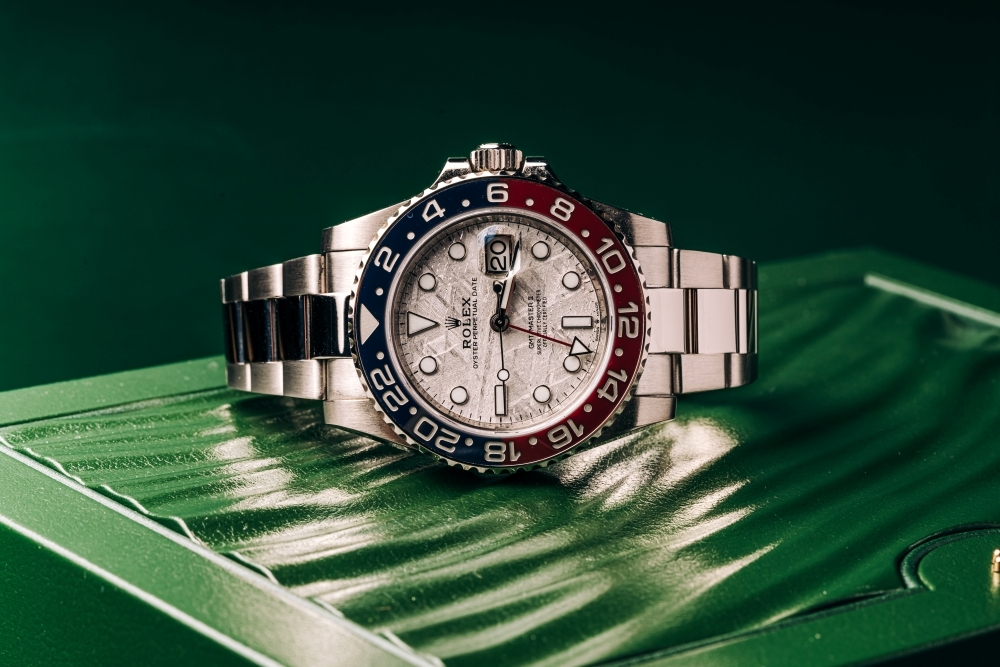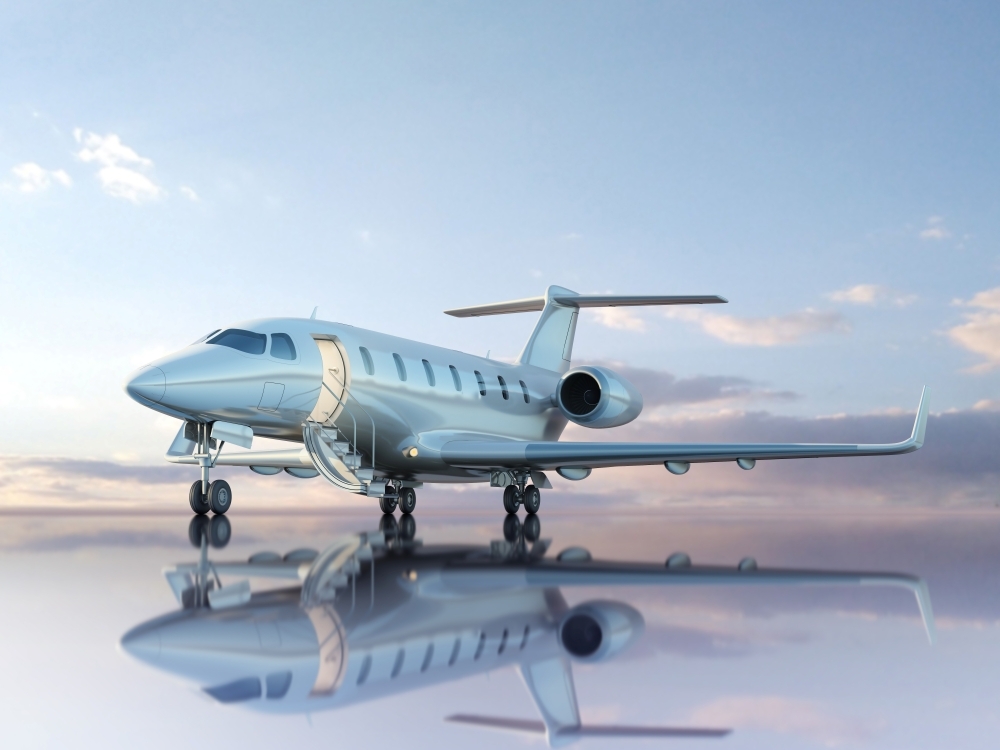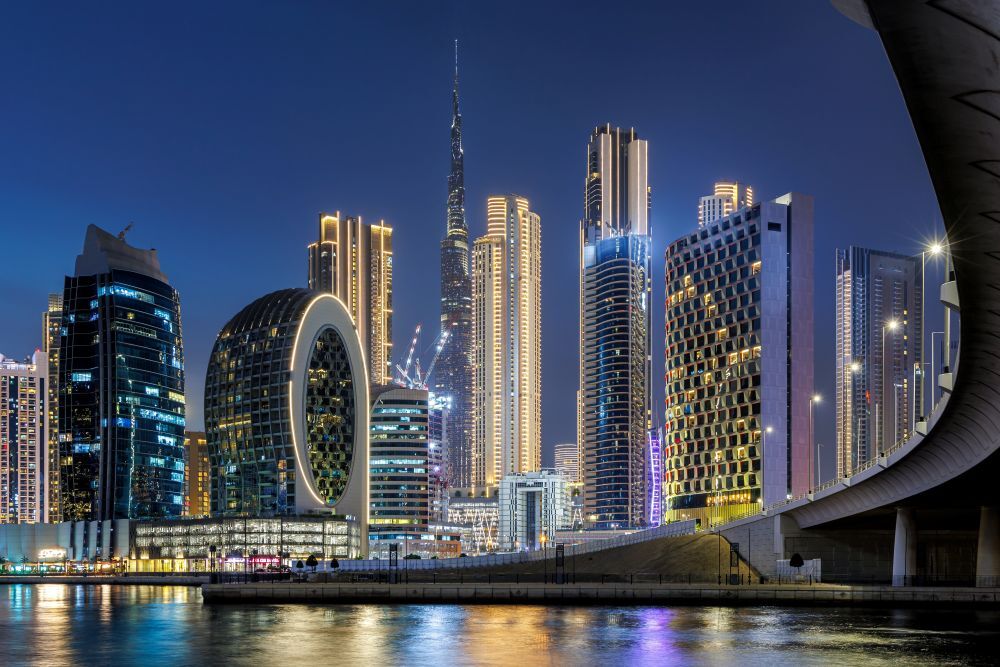What is the Most Expensive Sport in The World
Sports have always been associated with competition, focus, and determination. For many competing at the highest level, this is a lifetime goal; others simply enjoy the thrill of watching the game. Fans often feel a deep connection to competing teams, driving them to support their favoured ones at global events. Beyond national pride, the unscripted drama of sports offers genuine entertainment, whether contained in a single game or unfolding over an entire season.


What is The Most Expensive Sport in The World?
Sports represent a dream ambition for many, though reaching the highest levels requires lifelong dedication and rigorous training. Some sports also demand significant financial investment to even begin. This guide explores what makes these sports the most expensive in the world.
Formula 1
Formula 1 is the pinnacle of automotive racing and the most expensive sport in the world due to its immense financial demands and exclusive nature. Prospective drivers start as young as five or six, advancing through various racing levels in hopes of securing one of the 20 coveted seats. The structure of F1 allows only 10 participating teams, and new entrants must buy an existing team, as mere financial capability is insufficient for participation.
Cities like Abu Dhabi and Singapore invest billions in hosting Grand Prix races, while exclusive brands such as Rolex and Richard Mille vie for visibility on star drivers like Lewis Hamilton and Max Verstappen. Beyond racing, the sport attracts high-profile entertainment from celebrities like Jay-Z and Beyoncé, underscoring its glamorous appeal.
The introduction of a $145 million budget cap aimed to curb spending, yet teams previously spent up to half a billion dollars annually, with significant costs directed towards engines and research and development. Hosting fees exceed $30 million, with additional expenses for race staging. Circuits are equally expensive to build with racetracks like Abu Dhabi’s Yas Marina, costing over $1.32 billion. Sponsorships, a cornerstone of Formula 1, contribute nearly half of the sport's revenue, highlighting the extensive economic scale of this elite motorsport.
Yacht Racing
Yacht racing is a showcase of skill, style, and perseverance, with significant events held in major yachting hubs worldwide. Prestigious races like America’s Cup started in 1851, and around-the-world regattas such as the Vendée Globe and The Ocean Race occur every few years, captivating sailing enthusiasts. Multi-million-dollar sponsorships from luxury brands like Louis Vuitton and Omega underline the sport's economic and high-profile appeal.
The sport involves substantial costs, with racing yachts priced from hundreds of thousands to millions of dollars. Expenses also cover sails, rigging, navigation equipment, crew salaries, training, travel, and entry fees. Logistics add further complexity and expense, requiring global transportation, maintenance, and management of the boats with high-tech equipment and skilled personnel.
Horse Racing
With roots tracing back to ancient Greece and Rome, Horse racing is one of the oldest sports in the world and has long been tied to nobility, tradition, and fashion. Historically, the sport gained professional status in the 18th century in England and France, growing into a global phenomenon by the 20th century with major events like The Grand National and The Kentucky Derby attracting worldwide attention. Horse racing demands substantial investments for acquiring, training, and maintaining racehorses. Breeding champion racehorses is a significant expense, as it involves meticulous and costly processes to produce top-performing horses.
The thoroughbred is the fastest and most expensive horse breed, with famous names like Secretariat and American Pharoah highlighting the breed’s prestige. The annual foal crop in the United States averages around 20,000 thoroughbred foals per year, only twenty horses or 0.001% of each foal crop will have a chance to compete in the Kentucky Derby.
Events like the Dubai World Cup, with a prize purse of $12 million, further illustrate the sport’s high financial stakes. Large-scale teams like Godolphin span multiple continents and underscore the global economic impact and the extensive resources required to compete at the highest levels in horse racing.
Read Also :
Most Expensive Horse Ever Sold
Equestrian Competitions
Equestrian competitions date back to 682 BC with chariot races in Greece. The sport encompasses riding, driving, steeple chasing, and vaulting with horses. Costs include training, stabling, travelling to events, and equipment, often exceeding $200,000 annually for international competition. National governing organisations (NGOs) and the Fédération Équestre Internationale (FEI) oversee these events, prioritising animal welfare and enforcing consistent rules. Riders pay dues to NGOs and the FEI, entry fees for classes, and costs for stabling and transport. Additional expenses include trainers, equipment, boarding, farriers, veterinary care, and maintenance of horses, making equestrian one of the most financially demanding sports.
Polo
Dubbed the “sport of kings,” polo has long been associated with wealth, power, and prestige, making it the ultimate status symbol for the world’s elite. Loved by figures such as Prince Harry, Winston Churchill, and Walt Disney, polo spread from ancient Persia to the aristocracies of Arabia, Tibet, Japan, and China, before Muslim conquerors introduced it to India, and eventually, it reached the UK. Major events like the Cartier Queen’s Cup, often sponsored by luxury brands like Hermès and Bentley, highlight its enduring prestige. In the UAE, business mogul Mohammed al-Habtoor's Dubai Polo Gold Cup, established in 2009, is the region's biggest polo tournament.
Tennis
Often seen as a sport of elegance and prestige, Tennis has always been associated with private country clubs and high-profile celebrities. What sets tennis apart from other sports is that players operate as independent contractors and not as teams. The U.S. Tennis Association estimates around $143,000 per season for equipment, training, and a support team. High expenses cover coaching, tournament entry fees, global travel, accommodation, physiotherapy, nutritionists, and agent commissions. Top-ranked players can spend up to millions annually to maintain their competitive edge. Despite these costs, tennis players are among the highest-paid athletes due to large prize pools and lucrative sponsorships. Major tournaments like Wimbledon, which drew around 7.5 million TV viewers and 500,000 attendees in 2022, showcase the sport's global appeal.
Golf
Golf has often been considered a rich man's sport due to the high costs associated with the game and the fact that it built a reputation as a business sport. Golf is a game of patience and precision, and it can take up a lot of time. A 9-hole game can take several hours while an 18-hole game can take as much as half the day to complete. The pace allows players to hold conversations while in the cart or walking to the next hole, which has led to major transactions and business closures being conducted over a game of golf.
Membership fees at prestigious golf clubs can run into tens of thousands of dollars annually. Additionally, players face significant expenses for high-quality equipment, such as clubs and balls, as well as attire and accessories. Green fees for non-members' travel to renowned courses, and professional coaching further add to the cost. The exclusivity of many top-tier golf clubs, combined with the sport's association with business networking and elite socialising, reinforces its image as a sport for the wealthy.
Final Take
The world of sports is one of the most competitive career paths. These exclusive sports elevate the competition, requiring more than just hard work to excel at the highest level. High stakes, large prize purses, glamour, and adrenaline-fueled entertainment are just some of the factors that place these sports among the most expensive and famous in the world.



